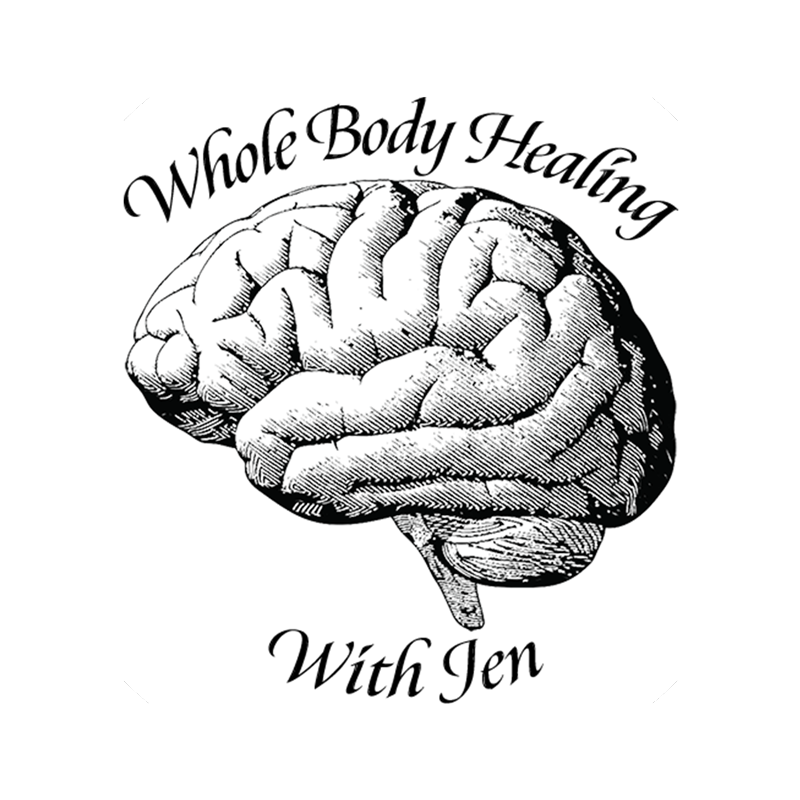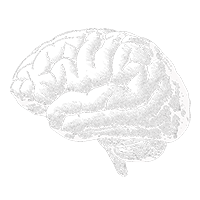Using Vibration for Vagus Nerve Health
Using Vibration for Nervous System Healing
Our nervous system functions and communicates in frequencies. This can be understood on a strictly scientific level, as we study the way neurons communicate with the frequency of their impulse intervals and the synchrony or asynchrony of their rhythm together (Bullock, 1997). Our brainwaves, also called neural oscillations, describe these how these rhythmic and repetitive patterns manifest in the central nervous system. These different brainwaves can indicate distinct cognitive or mental states. Information is sent from different areas of the brain using these oscillations, and “mix ups” in these patterns have been associated with distressing psychiatric states such as schizophrenia (Max-Planck-Gessellschaft, 2016).
On a less scientific level, there are clear experiences of feeling the “energy” of a person, place, or situation that most people can relate to. While we cannot completely explain these phenomena from a neurological perspective yet, many of us can clearly describe when another person’s “energy” feels a particular way, whether it be strange, open, untrustworthy, or otherwise. We pick up “vibes” from other people and often decide how to engage with them based on these difficult to describe sensations. Even certain places can emit energy: many people feel a sense of profound calmness when they are out in nature, or can feel if there was a recent tense conversation in a room they have entered. Most distressing is when people sense that their own energy is “off” in some way. This can lead to feeling of being ungrounded, anxious, or dissociated.
Many researchers today are connecting all of these phenomenon back to the vagus nerve, and the complexity of our “social engagement system”- a multifaceted schema of our neurology that allows us to feel in or out of tune with our inner self, other people, our sense of belonging in the outer world, and the integration of all our bodily systems working together or at odds. Dan Siegel’s work in the field of “interpersonal neurobiology” is a fascinating look at these phenomena.
The vagus nerve is at the foundation of this understanding. It is really a bundle of many nerves that connects all the way from our pelvic floor, through our digestive system, working its way in connection to all our major organs, up our spine, into the brainstem and the delicate muscles of the face. The importance of this nerve functioning optimally for our overall body-mind wellness cannot be understated. It is truly the background orchestrator of our wholeness and robustness as organisms.
When we have a well functioning vagus nerve, we feel deeply connected to ourselves and other people. We desire intimacy, social connection, and playfulness. We are eager to learn and feel curious about the world around us. Our digestion is functioning optimally, our immune system fights off illness easily, and we can recover from difficult and stressful events relatively quickly.
Unfortunately, due to a combination of low nutrient diets, toxic exposures, chronic daily life stress, high rates of acute trauma, and many other factors, most of us are not walking around with a well functioning vagus nerve. I think this is clearly evidenced by the high rates of digestive disorders, autoimmune conditions, interpersonal conflict, social isolation, and serious mental health conditions we see in our society today.
Improving the health of our vagus nerve is an important piece of reclaiming our mind body health. There are many practices we can use to improve “vagal tone” which is, simply put, to strengthen the frequency of communication between the brain and body through these neural fibers.
Utilizing intentional practice of vibration and frequency is an effective method to improve vagal tone. These practices can be fun, simple, and show immediate results- although the effectiveness does accumulate over time through regular practice.
Some of these practices include:
-Chanting (it can be a traditional mantra, phrase, or made up sounds that feel good to you in the moment)
-Humming (as loud as you can along to your favorite song or in a single repetitive tone)
-Singing (again, as loud as you can along to your favorite song or in a single repetitive tone)
-Gargling water (you really have to effort on this- gargle as hard as you can in the back of your throat and then swallow vigorously)
-Gagging yourself gently while saying “ah, ah, ah” (don’t hurt yourself, just stimulate a slight gag reflex with a tongue depressor or toothbrush)
I recommend choosing one or two of these practices that fit best for your routine and preferences and practice them for 10 minutes first thing every morning. Afterwards, you will likely feel more alert, present, grounded, and ready to be engaged with the day. You may also find that you digest your food better and have less allergic type reactions.
Our vagus nerve health is foundational to our mind body wellness. We can improve it through simple, enjoyable practices. Utilizing the tools described in this article is an easy way to empower yourself to improve your mental, physical, and spiritual health.
References
https://www.ncbi.nlm.nih.gov/pmc/articles/PMC33648/


